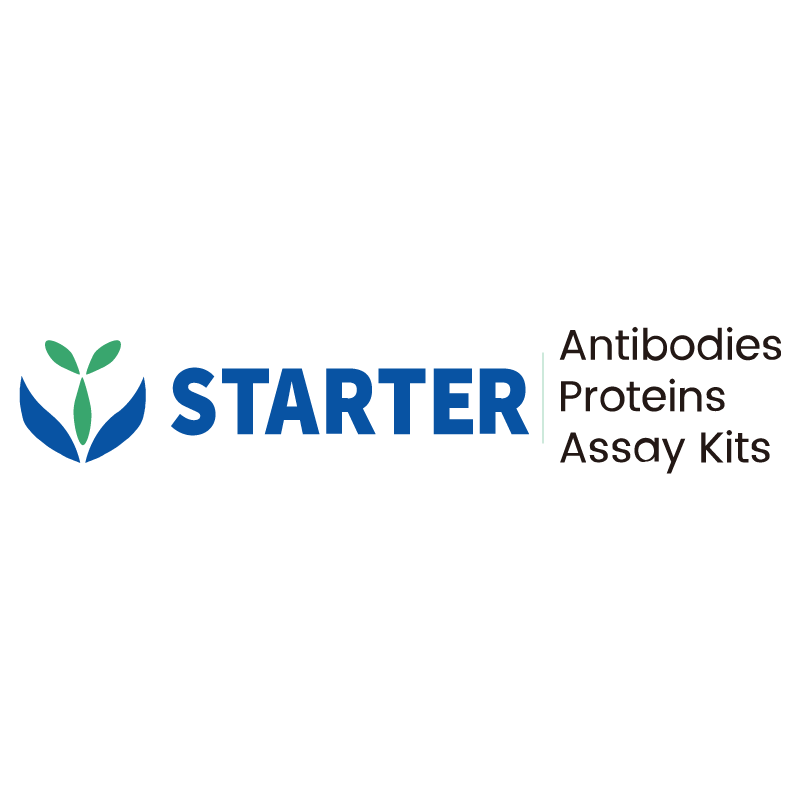Standard curve
Example of Human IL-2 standard curve in Assay Diluent #1.
Product Details
Product Details
Product Specification
| Antigen | IL-2 |
| Immunogen | Recombinant Protein |
| Antibody Type | Recombinant mAb |
| Reactivity | Human |
| Purification | Protein A |
| Stability & Storage | 12 months from date of receipt / reconstitution, 2 to 8'C as supplied. |
Kit
| Precision | Intra-assay: 4.1%; Inter-assay: 5.5% |
| Sample type | Cell culture supernatant, Serum,Plasma |
| Assay type | Sandwich(quantitative) |
| Sensitivity | 1.713pg/ml |
| Range | 3.91pg/mL – 250pg/mL |
| Recovery | Cell culture supernatant: 107% Serum: 119% Plasma: 120% |
| Assay time | 2.5 hours |
| Species reactivity | Human |
Background
Interleukin-2 (IL-2) is an interleukin, a type of cytokine immune system signaling molecule, which is a leukocytotropic hormone that is instrumental in the body natural response to microbial infection and in discriminating between foreign (non-self) and self. IL-2 mediates its effects by binding to IL-2 receptors, which are expressed by lymphocytes, the cells that are responsible for immunity. Mature human IL-2 shares 56% and 66% aa sequence identity with mouse and rat IL-2, respectively. Human and mouse IL-2 exhibit cross-species activity. The receptor for IL-2 consists of three subunits that are present on the cell surface in varying preformed complexes. IL-2 is also necessary during T cell development in the thymus for the maturation of a unique subset of T cells that are termed regulatory T cells (T-Regs). After exiting from the thymus, T-Regs function to prevent other T cells from recognizing and reacting against "self-antigens", which could result in "autoimmunity". T-Regs do this by preventing the responding cells from producing IL-2. Thus, IL-2 is required to discriminate between self and non-self, another one of the unique characteristics of the immune system.
Picture
Picture
ELISA
Linearity
The concentrations of IL-2 were measured and interpolated from the target standard curves and corrected for sample dilution. Undiluted samples are as follows: Jurkat T cells stimulated with 10 ng/ml PMA and 150 ng/ml A23187 for 24 h (6.25%). The interpolated dilution factor corrected values are plotted. The mean target concentration was determined to be 11,487 pg/mL in stimulated Jurkat supernatant.
Leading Competitor comparison


